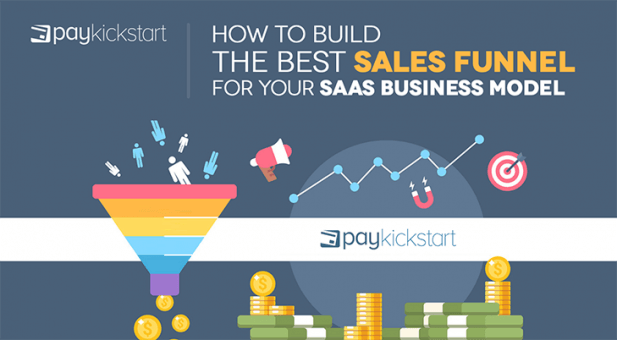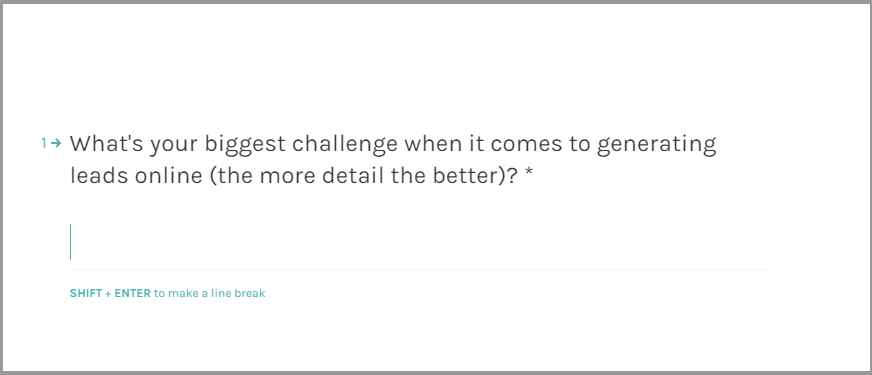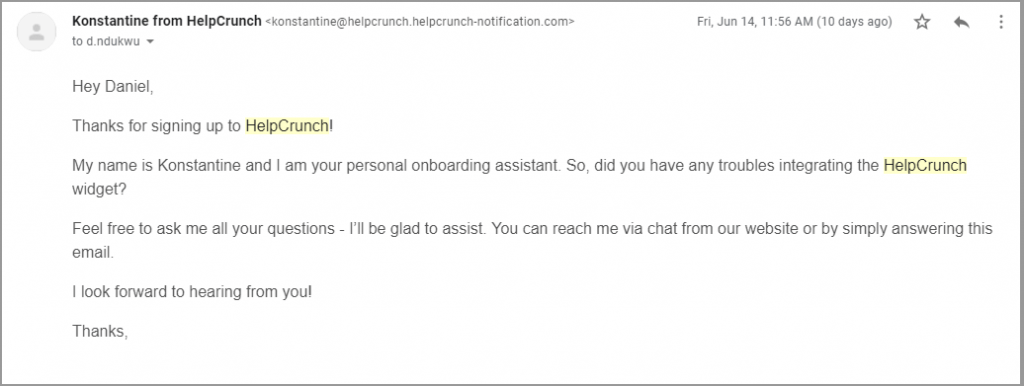Subscription growth hack (by PayKickstart)
Facebook Group - 3,932 members
Visit Group
A funnel – especially for SaaS – is no longer optional.
Subscription businesses have a lot of advantages but require more consideration than other types of products.
Why’s that?
Because your customers agree to pay you over and over again. This can be daunting especially if they’re using your application to control important information.
If they stop paying then they run the risk of losing that data.
Since people think long and hard before signing up for a new SaaS vendor, it’s important for you to build a sales funnel that addresses objections, shows them your unique value, and closes contracts.
In this article, you’ll discover the essential building blocks of a SaaS sales funnel that gets the job done.
It’s tempting to jump in and start building landing pages, checkout flows, and email sequences to convert qualified leads into customers.
That’s an important part of your sales funnel but it’s not the first step to growing your revenue.
First, you need to understand exactly who you’re selling to and the challenges they’re experiencing as relates to the problem you solve.
A buyer persona you thought up while sitting at your desk won’t cut it. You’ll have to either talk to people in real life or implement a series of discovery surveys.
The challenge with phone calls is that it can take weeks to schedule and get through 20 – 30 customer discovery calls. A better option that’ll free up your time and still get you quality information are surveys.
You can ask important information like what kind of business they run, what made them sign up for your product, and what their goal is.
Those are all good questions to ask but there’s one that’ll give you even more insight.
“What’s your biggest challenge when it comes to x?”

The answers here will make up your different buyer personas. When you first go through the process, you’ll get a lot of different answers but you’ll also notice patterns.
For example, one person could tell you that Facebook is their traffic problem, another could mention Pinterest, and another could mention Twitter.
Though these are unique answers, they can be grouped under social media. Aim for at least 100 responses. This may not be statistically significant but it will give you enough data to make an informed decision.
If you don’t have an audience that you can tap into then consider using paid advertising on social channels or search engines to generate survey respondents.
With a B2B audience, you can use a lead generation tool like Expandi to connect with your target audience and drum up survey respondents. It should be considerably cheaper than paid ads.
Go through the responses and consolidate them until you have 3-4 groups that represent the majority of your market.
You’ve identified the different groups that make up the majority of your audience or customer base. The next step is to use that information to start turning people to users.
Create different landing pages that position your product as the solution to their problem.
For example, you identified the major problems people have with getting traffic as:
With that information, you’d focus your landing pages on each of the personas. In this case that would be three separate pages. Go through the features of your product and show readers how it helps them solve that problem.
Now, of course, you’ll have to start getting people to arrive at your landing pages. It’s easy to start with a paid media campaign and get a feel for the way people react to your proposition and test if there might be any problems.
But lead generation through owned channels might be even better in generating true leads. It is all about matching the intent of the search and page with your (mid or top of the funnel) offers.
We can take our personas, use everything we have learned from researching them and start building traffic with your blog. It’ll serve as a conduit that pushes visitors to optimized landing pages and conversion hotspots on the blog.
Once you have captured their email address, your CRM system or maybe some email newsletter software like MailChimp, can take over and put the new contacts in lead nurturing mode.
This a part where content marketing is a great tactic to inform people. Luckily you don’t have to do everything yourself as content AI is here to help with your automations. The goal is to get your contacts to become trial customers that have an increased chance of becoming paying users.
If your landing page does its job right, people will sign up for a free trial or become a free user. This is the moment of truth because, on average, 1-2% of trial users convert to paid. People are interested in your product because they believe it’ll solve a problem they have.
Show them they were correct in their assumption.
Ideally, this is a two-pronged approach. You’ll communicate with them in the app and deliver a quick product tour.
At the same time, you’ll send out onboarding emails that highlight specific features of the product, share case studies, and offer personalized help.
Helpcrunch does this well with their initial welcome email.

Once someone has started engaging with your application, you can further segment them into different buckets.
Each one of these people requires a different type of follow up. Passive users should be encouraged to come back while active users should be systematically shown more and more advanced features.
This can be accomplished by using transactional emails that are triggered based on actions the user has taken (or didn’t take).
For example, if someone has created a product in PayKickstart within a few days of signing up, we’d send them an email encouraging them to explore some advanced features.
If they’ve not created a product within a few days, we’d send them an email encouraging them to get their first product set up.
Highly engaged users may be ready to have a conversation with a live person or receive more aggressive upgrade notifications.
Some of these users may upgrade on their own and others may need a stronger push. It’s up to you to create benchmarks for the type of users you’re dealing with based on previous usage data. Identify users most likely to become customers and attract them with your marketing efforts.
SaaS sales funnels are notorious for leaving a lot of money on the table. Instead of upselling and cross-selling, they only focus on the software.
While creating great software is a commendable goal, there are many other places to maximize your revenue. You can and should be offering add-on products to your users.
For example, if you’re selling email marketing automation software, you can offer to help customers set up their first automation or lead magnets.
If you’re selling webinar software, you can offer to brainstorm, put together, and design a webinar for them.
Instead of feeling sleazy, these add-ons or upsells during the checkout process are a great way to increase your contract value and increase the value of every customer.
It may not add to your MRR but it will give you a boost of cash, reduce your payback period, and increase customer loyalty.
Your SaaS sales funnel isn’t an optional part of acquisition. It should be the core of what you’re doing. It’s easy to get wrong because there are so many moving parts. I’ve walked you through the most important building blocks in this post.
It’ll take a bit of tweaking but you can build a stellar SaaS sales funnel if you follow the steps outlined here. Let me know what your saas sales funnel looks like in the comments and don’t forget to share.
Daniel Ndukwu is a regular contributor to the PayKickstart blog. He has extensive experience with online businesses, conversion optimization, and subscription revenue models. When he's not writing insightful content, he works with other entrepreneurs to help them grow their bottom line.
Read More About Daniel Ndukwu